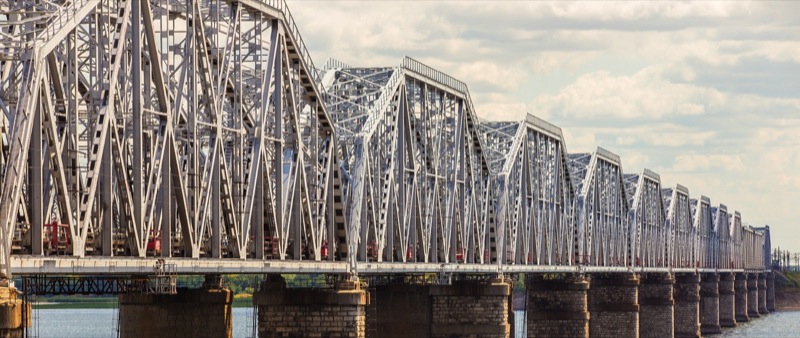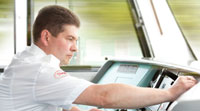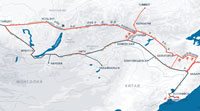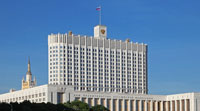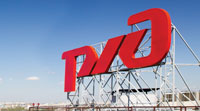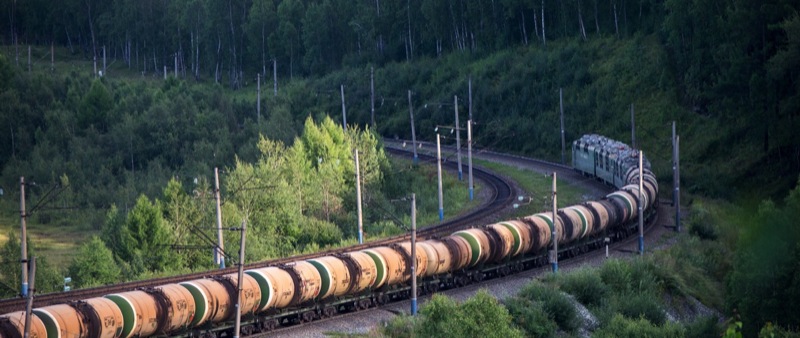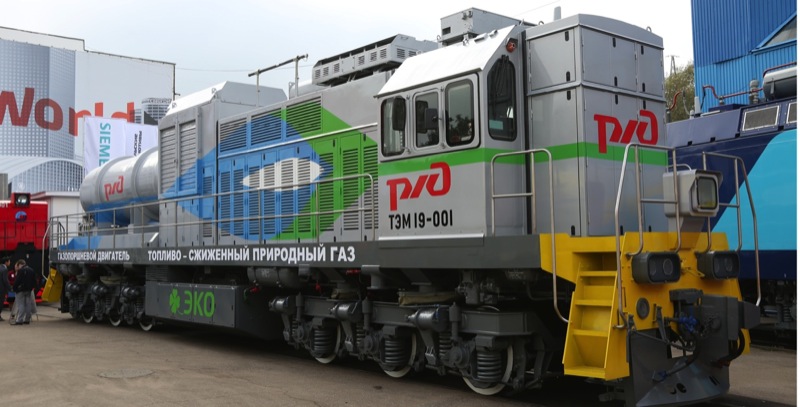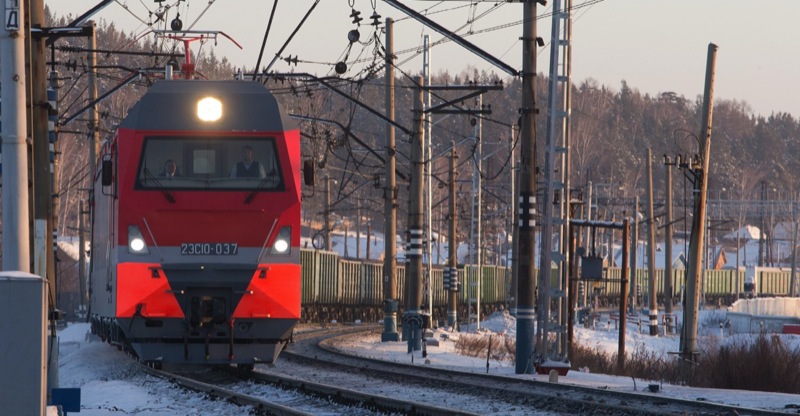Significant changes have been made to the traction management and maintenance system. A transition to cross-cutting technologies for the network-wide operation of the locomotive fleet has been completed with the establishment of Traction Resource Management Centres on the Moscow and Oktyabrskaya Railways. Organising heavy haul traffic along with improving the management quality of the locomotive fleet on the basis of operating domain technologies has made it possible to operate a smaller amount of traction rolling stock (almost 950 fewer locomotives compared with last year).
However, the new locomotive fleet management technologies will only produce significant results in terms of improving the utilisation efficiency of traction rolling stock if the fleet is operated in a reliable manner. In this regard, traction rolling stock has fully transitioned to after-sales service as of 1 July.
As part of the Russian Railways Development Strategy and the Framework for the Development of Locomotive After-sales Service, the Company concluded contracts in April 2014 for the complete after-sales service of the Russian Railways locomotive fleet with STM-Service (for 4,500 locomotives) as well as TMH-Service (for 14,500 locomotives).
As a result of switching to complete after-sales service, the overall technical availability level by locomotive series exceeded the technical availability level specified in the contract by 5.8%.
In order to improve the utilisation efficiency of the locomotive fleet, the following work was performed in 2014:
- the unification of 3TE10 diesel locomotives with D49 diesel trains was fully completed on the Baikal-Amur Mainline;
- the operation of 2TE25A Vityaz diesel locomotives was optimised through the establishment of new technologies to operate trains weighing 5,600 tonnes on the Taksimo-Tynda section;
- the ability to operate freight trains weighing 9,000 tonnes on the Yekaterinburg-Balezino restricted section using three-unit 2ES10 Granit electric locomotives was confirmed. Three such electric locomotives with continuous booster sections were purchased for regular operations on the Kuzbass-Northwest operating domain;
- large-scale traction and energy efficiency tests were organised for freight trains weighing 7,100 tonnes made up of innovative railcars with an increased axle load;
- the first 2ES5 Skif mainline electric locomotives with asynchronous traction motors arrived on the electrified operation domain of the Baikal-Amur Mainline. These electric locomotives are expected to have an operating domain from Mezhdurechensk to Taksimo, which will eliminate the operation of pusher locomotives throughout the operating domain.
The Company exceeded its plan for repairs at locomotive repair depots by 0.1% in 2014 (4,770 units repaired instead of the planned 4,769 units) while fully implementing the repair programme for locomotives with extended service lives (243 units repaired of the planned 243 units).
The Zeldorremmash and Michurinsk Locomotive Repair Plants repaired a total of 2,953 locomotive units in 2014 instead of the planned 2,956 units, including 1,960 electric locomotives and 993 diesel locomotives.
Innovative projects are actively being implemented, in particular:
- ‘System for the accounting and analysis of violations of train traffic safety based on the results of the automated deciphering of locomotive safety device recording tapes’;
- ‘Electronic locomotive driver’s route’;
- ‘Locomotive driver’s information system’;
- ‘Resource, risk and reliability management during the life cycle stages of railway transportation infrastructure’.
Results of the introduction of the Single Network Operating Procedure for railway freight transportation
Russian Railways works consistently to implement the provisions of the Single Network Operating Procedure (SNOP) insofar as it does not require changes to the regulatory legal framework when organising the transportation process.
At present, the SNOP is used when solving problems involving effective interaction between the Company’s functional branches, including the technical regulation of the transportation process, train traffic control technologies, the work of locomotives and locomotive crews and the provision of information on production activities.
This work has resulted in positive trends in key rolling stock utilisation indicators. In 2014, service speed increased by 0.9 km/h, or 2.4% compared with 2013, and reached 37.7 km/h. The average train weight, which increased by 0.5% primarily due to growth in shipments by coupled trains, grew to 3,929 tonnes. A total of 28,600 extended trains were dispatched on the railway network in 2014, a 28.9% increase from 2013.
Utilising the technological tools specified in the SNOP improved the freight train schedule execution level, including by 7.8 percentage points for dispatches and 13.5 percentage points for passage.
The SNOP is also used when implementing the ‘Integrated programme for the phased transition to the organisation of scheduled freight train traffic’. As of December 2014, there were 1,013 specialised schedules in the existing train traffic schedule.
